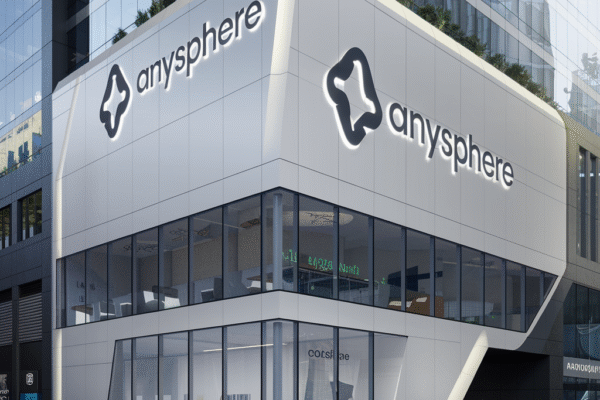AI, Enterprise Hardware, AMD, Mergers and Acquisitions – Key Highlights
- AMD to acquire ZT Systems for $4.9 billion to bolster its AI ecosystem capabilities
- The deal aims to integrate ZT Systems’ server infrastructure expertise with AMD’s AI hardware offerings
- Acquisition to strengthen AMD’s position in the rapidly growing AI and enterprise markets
- Strategic move to provide comprehensive end-to-end AI infrastructure solutions at scale
Strategic Rationale and Market Context
The acquisition of ZT Systems underscores the critical role of server infrastructure in enabling advanced AI applications. As AI workloads become increasingly complex, there is a growing demand for high-performance computing infrastructure capable of handling intensive tasks like model training and inferencing efficiently. By integrating ZT Systems’ expertise in designing and manufacturing robust server solutions, AMD can complement its existing AI hardware offerings, such as the Instinct AI accelerator and EPYC CPU, to deliver more comprehensive AI infrastructure solutions.
The AI market is experiencing rapid growth, driven by the increasing adoption of enterprise solutions. According to a McKinsey report, the global AI market is projected to reach $190 billion by 2025, with the enterprise segment being a key driver. In this highly competitive landscape, AMD’s acquisition positions the company to better compete with rivals like NVIDIA, Intel, and others by offering a more robust and integrated AI ecosystem.
Financial Implications and Integration Plans
The $4.9 billion acquisition cost, which includes a contingent payment of up to $400 million based on performance metrics, represents a significant investment for AMD. However, the long-term financial implications are expected to be positive. Bain & Company’s research suggests that strategic acquisitions can lead to substantial ROI through improved operational efficiency and expanded market reach. The integration of ZT Systems’ server infrastructure capabilities is likely to contribute positively to AMD’s financials by increasing revenue from high-margin AI infrastructure sales and broadening its customer base.
AMD’s integration plans focus on synergizing ZT Systems’ server infrastructure design business with its existing Data Center Solutions Business Group. Key areas of integration include optimizing server performance for AI workloads, enhancing datacenter solutions, and developing new AI-specific hardware configurations. Additionally, AMD plans to sell ZT Systems’ data center infrastructure manufacturing business to a strategic partner, allowing the company to focus on its core strengths in AI hardware and software.
Historical Parallels and Expert Perspectives
AMD has a track record of successful acquisitions that have significantly impacted its business. For instance, the acquisition of Radeon Technologies in 2017 bolstered AMD’s GPU capabilities, while the acquisition of Xilinx in 2019 enhanced its FPGA offerings. Similarly, NVIDIA’s acquisition of Mellanox strengthened its position in the datacenter market, providing a historical parallel to AMD’s current move.
Analysts are optimistic about the implications of this acquisition. Bernstein analyst Mark Moerdler noted, “This acquisition underscores AMD’s commitment to strengthening its position in the AI ecosystem. The addition of ZT Systems’ expertise will help AMD better serve the growing demand for AI infrastructure solutions.”





